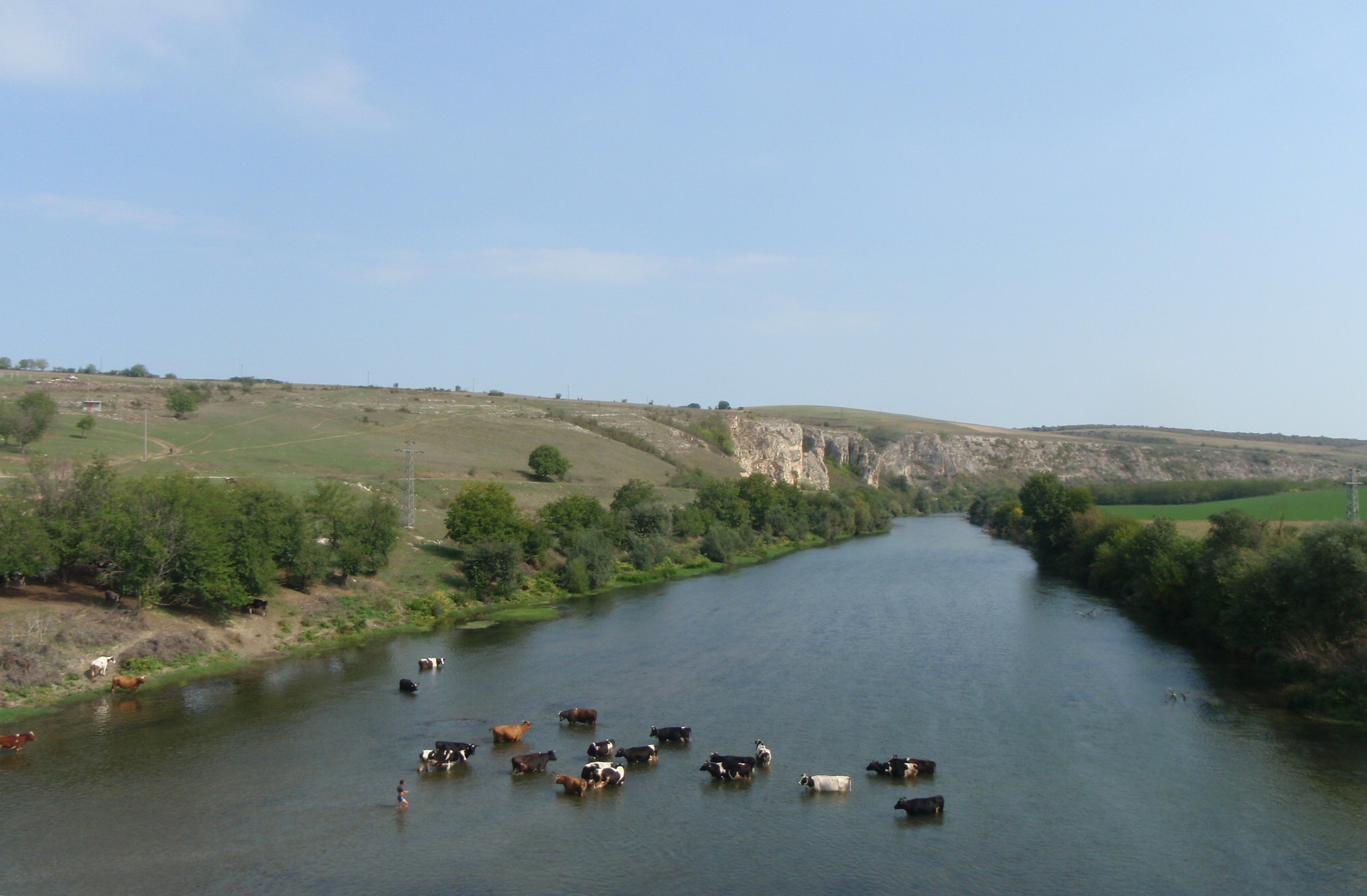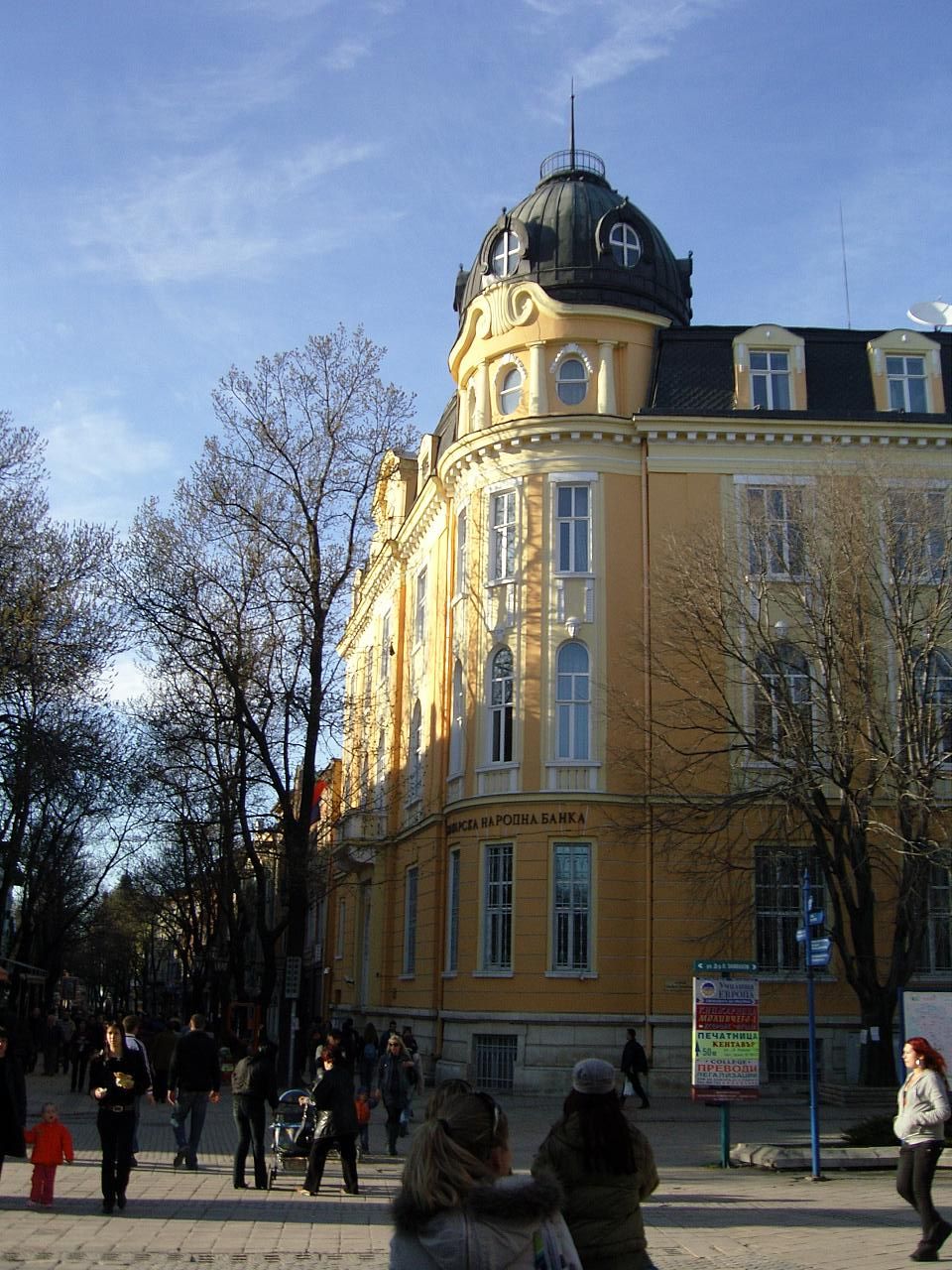|
Byala, Ruse Province
Byala ( bg, Бяла ) is a town in Ruse Province, Northern Bulgaria. It is the administrative centre of the homonymous Byala Municipality. The town is located on the crossroad between roads that connect Ruse, Bulgaria, Ruse with Veliko Tarnovo and Pleven with Varna, Bulgaria, Varna. Close to it is the town of Borovo, Ruse Province, Borovo. The noted Belenski most (Byala Bridge) over the Yantra River is located in the vicinity. The Liberation War Museum dedicated to the Russo-Turkish War (1877–1878), Russo-Turkish War can also be found in the town. As of December 2009, Byala has a population of 9,015 inhabitants.Bulgarian National Statistical Institute - Bulgarian towns in 2009 [...More Info...] [...Related Items...] OR: [Wikipedia] [Google] [Baidu] |
Countries Of The World
The following is a list providing an overview of sovereign states around the world with information on their status and recognition of their sovereignty. The 206 listed states can be divided into three categories based on membership within the United Nations System: 193 member states of the United Nations, UN member states, 2 United Nations General Assembly observers#Present non-member observers, UN General Assembly non-member observer states, and 11 other states. The ''sovereignty dispute'' column indicates states having undisputed sovereignty (188 states, of which there are 187 UN member states and 1 UN General Assembly non-member observer state), states having disputed sovereignty (16 states, of which there are 6 UN member states, 1 UN General Assembly non-member observer state, and 9 de facto states), and states having a political status of the Cook Islands and Niue, special political status (2 states, both in associated state, free association with New Zealand). Compi ... [...More Info...] [...Related Items...] OR: [Wikipedia] [Google] [Baidu] |
Ruse, Bulgaria
Ruse (also transliterated as Rousse, Russe; bg, Русе ) is the fifth largest city in Bulgaria. Ruse is in the northeastern part of the country, on the right bank of the Danube, opposite the Romanian city of Giurgiu, approximately south of Bucharest, Romania's capital, from the Bulgarian Black Sea Coast and from the capital Sofia. Thanks to its location and its railway and road bridge over the Danube (Danube Bridge), it is the most significant Bulgarian river port, serving an important part of the international trade of the country. Ruse is known for its 19th- and 20th-century Neo-Baroque and Neo-Rococo architecture, which attracts many tourists. It is often called the Little Vienna. The Ruse-Giurgiu Friendship Bridge, until 14 June 2013 the only one in the shared Bulgarian-Romanian section of the Danube, crosses the river here. Ruse is the birthplace of the Nobel laureate in Literature Elias Canetti and the writer Michael Arlen. Ruse is on the right bank of the rive ... [...More Info...] [...Related Items...] OR: [Wikipedia] [Google] [Baidu] |
Russo-Turkish War (1877–1878)
The Russo-Turkish War of 1877–1878 ( tr, 93 Harbi, lit=War of ’93, named for the year 1293 in the Islamic calendar; russian: Русско-турецкая война, Russko-turetskaya voyna, "Russian–Turkish war") was a conflict between the Ottoman Empire and a coalition led by the Russian Empire, and including Bulgaria, Romania, Serbia, and Montenegro. Fought in the Balkans and in the Caucasus, it originated in emerging 19th century Balkan nationalism. Additional factors included the Russian goals of recovering territorial losses endured during the Crimean War of 1853–56, re-establishing itself in the Black Sea and supporting the political movement attempting to free Balkan nations from the Ottoman Empire. The Russian-led coalition won the war, pushing the Ottomans back all the way to the gates of Constantinople, leading to the intervention of the western European great powers. As a result, Russia succeeded in claiming provinces in the Caucasus, namely Kars and Batum, a ... [...More Info...] [...Related Items...] OR: [Wikipedia] [Google] [Baidu] |
Yantra River
The Yantra ( bg, Янтра ) is a river in northern Bulgaria, a right tributary of the Danube. It is long (the third longest Bulgarian tributary of the Danube, after Iskar and Osam), and has a watershed of . Its average discharge at the mouth is . The Yantra has its source from the northern foot of Hadzhi Dimitar Peak in Central Stara Planina, at . In its upper course, it is alternatively known as ''Etar'' (Етър), its older name. The river flows into the Danube close to Svishtov. The river characteristically forms a number of gorges as it flows northward through the foothills of Stara Planina. The most prominent and longest one is , located close to the capital of the Second Bulgarian Empire Veliko Tarnovo. Major cities on the river are Gabrovo, Veliko Tarnovo, Gorna Oryahovitsa, Polski Trambesh, and Byala, close to which is the famous Belenski bridge. Honour Yantra Cove in Livingston Island in the South Shetland Islands, Antarctica Antarctica () is Earth's s ... [...More Info...] [...Related Items...] OR: [Wikipedia] [Google] [Baidu] |
Belenski Most
The Belenski most (Беленски мост) or Byala Bridge is an arch bridge over the Yantra River in northern Bulgaria, 1 km from the town of Byala in Ruse Province, whose name it carries. It is regarded as one of the prominent achievements of Bulgarian National Revival engineering and architecture. The bridge was constructed between 1865 and 1867 by Bulgarian architect and master builder Kolyu Ficheto on the order of Turkish statesman Midhat Pasha, when Bulgaria was part of the Ottoman Empire. While other architects were willing to build it for 2 to 3 million liras, Kolyu Ficheto was willing to build it for 700 thousand. When asked to confirm this sum, he replied that Midhat Pasha could take his head if he didn't succeed doing it for this sum. It is 276 m long and 6 m wide, has 14 arches each with a clearance of 12 m and decorated with relief images of animals. Constructed from local limestone and limestone plaster, it is supported by 13 props with cutwaters. The Belens ... [...More Info...] [...Related Items...] OR: [Wikipedia] [Google] [Baidu] |
Borovo, Ruse Province
Borovo ( bg, Борово ) is a town in Ruse Province, Northern Bulgaria. It is the administrative centre of the homonymous Borovo Municipality. As of December 2009, the town has a population of 2,330 inhabitants.Bulgarian National Statistical Institute - Bulgarian towns in 2009 The name Borovo comes from the Bulgarian word ‘Bor’ which means ‘pine’ ( bg, Бор). The municipality has a temperate climate, with warm summers and cold winters. Unique objects from a Thracian silver treasure (known as the Borovo Treasure) and a Thracian tomb of c. 4 BC have been discovered on the town's territory. There are evidences of the presence of an old Roman road dis ... [...More Info...] [...Related Items...] OR: [Wikipedia] [Google] [Baidu] |
Varna, Bulgaria
Varna ( bg, Варна, ) is the third-largest List of cities and towns in Bulgaria, city in Bulgaria and the largest city and seaside resort on the Bulgarian Black Sea Coast and in the Northern Bulgaria region. Situated strategically in the Gulf of Varna, the city has been a major economic, social and cultural centre for almost three millennia. Historically known as ''Odessos'' ( grc, Ὀδησσός), Varna developed from a Thracian seaside settlement to a major seaport on the Black Sea. Varna is an important centre for business, transportation, education, tourism, entertainment and healthcare. The city is referred to as the maritime capital of Bulgaria and has the headquarters of the Bulgarian Navy and merchant marine. In 2008, Varna was designated as the seat of the Black Sea Euroregion by the Council of Europe. In 2014, Varna was awarded the title of European Youth Capital 2017. The oldest gold treasure in the world, belonging to the Varna culture, was discovered in the ... [...More Info...] [...Related Items...] OR: [Wikipedia] [Google] [Baidu] |
Pleven
Pleven ( bg, Плèвен ) is the seventh most populous city in Bulgaria. Located in the northern part of the country, it is the administrative centre of Pleven Province, as well as of the subordinate Pleven municipality. It is the biggest economic center in Northwestern Bulgaria. At the 2021 census its population was 89,823. Internationally known for the siege of Plevna of 1877, it is today a major economic centre of the Bulgarian Northwest and Central North and the third largest city of Northern Bulgaria after Varna and Ruse. Name The name comes from the Slavic word ''plevnya'' ("barn") or from ''plevel'', meaning "weed", sharing the same root, and the Slavic suffix ''-en''. Geography Pleven is in an agricultural region in the middle of the Danubian Plain, the historical region of Moesia, surrounded by low limestone hills, the Pleven Heights. The city's central location in Northern Bulgaria defines its importance as a big administrative, economic, political, cultura ... [...More Info...] [...Related Items...] OR: [Wikipedia] [Google] [Baidu] |
Veliko Tarnovo
Veliko Tarnovo ( bg, Велико Търново, Veliko Tărnovo, ; "Great Tarnovo") is a town in north central Bulgaria and the administrative centre of Veliko Tarnovo Province. Often referred as the "''City of the Tsars''", Veliko Tarnovo is located on the Yantra River and is famously known as the historical capital of the Second Bulgarian Empire, attracting many tourists with its unique architecture. The old part of the town is situated on three hills, Tsarevets, Trapezitsa, and Sveta Gora, rising amidst the meanders of the Yantra. On Tsarevets are the palaces of the Bulgarian emperors and the Patriarchate, the Patriarchal Cathedral, and also a number of administrative and residential edifices surrounded by thick walls. Trapezitsa is known for its many churches and as the former main residence of the nobility. During the Middle Ages, the town was among the main European centres of culture and gave its name to the architecture of the Tarnovo Artistic School, painting of ... [...More Info...] [...Related Items...] OR: [Wikipedia] [Google] [Baidu] |
Administrative Centre
An administrative center is a seat of regional administration or local government, or a county town, or the place where the central administration of a commune is located. In countries with French as administrative language (such as Belgium, Luxembourg, Switzerland and many African countries), a (, plural form , literally 'chief place' or 'main place'), is a town or city that is important from an administrative perspective. Algeria The capital of an Algerian province is called a chef-lieu. The capital of a district, the next largest division, is also called a chef-lieu, whilst the capital of the lowest division, the municipalities, is called agglomération de chef-lieu (chef-lieu agglomeration) and is abbreviated as A.C.L. Belgium The chef-lieu in Belgium is the administrative centre of each of the ten provinces of Belgium. Three of these cities also give their name to their province ( Antwerp, Liège and Namur). France The chef-lieu of a département is known as the ''pr ... [...More Info...] [...Related Items...] OR: [Wikipedia] [Google] [Baidu] |
Bulgaria
Bulgaria (; bg, България, Bǎlgariya), officially the Republic of Bulgaria,, ) is a country in Southeast Europe. It is situated on the eastern flank of the Balkans, and is bordered by Romania to the north, Serbia and North Macedonia to the west, Greece and Turkey to the south, and the Black Sea to the east. Bulgaria covers a territory of , and is the sixteenth-largest country in Europe. Sofia is the nation's capital and largest city; other major cities are Plovdiv, Varna and Burgas. One of the earliest societies in the lands of modern-day Bulgaria was the Neolithic Karanovo culture, which dates back to 6,500 BC. In the 6th to 3rd century BC the region was a battleground for ancient Thracians, Persians, Celts and Macedonians; stability came when the Roman Empire conquered the region in AD 45. After the Roman state splintered, tribal invasions in the region resumed. Around the 6th century, these territories were settled by the early Slavs. The Bulgars, led by Asp ... [...More Info...] [...Related Items...] OR: [Wikipedia] [Google] [Baidu] |






_(10004827914).jpg)